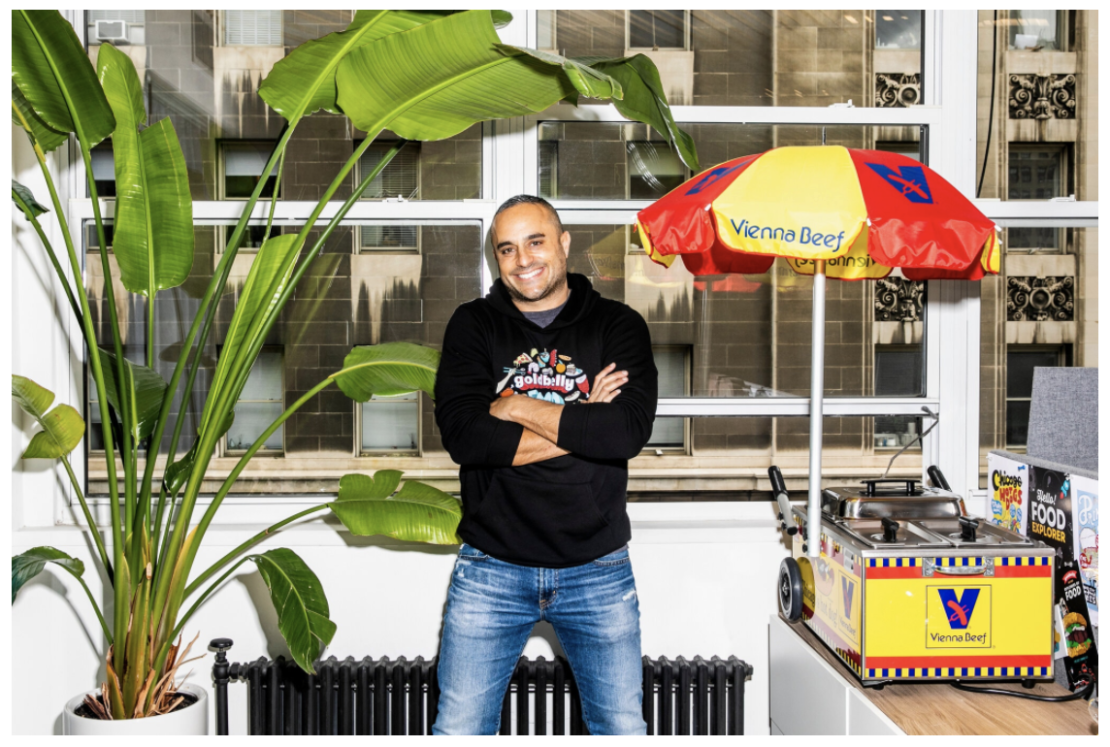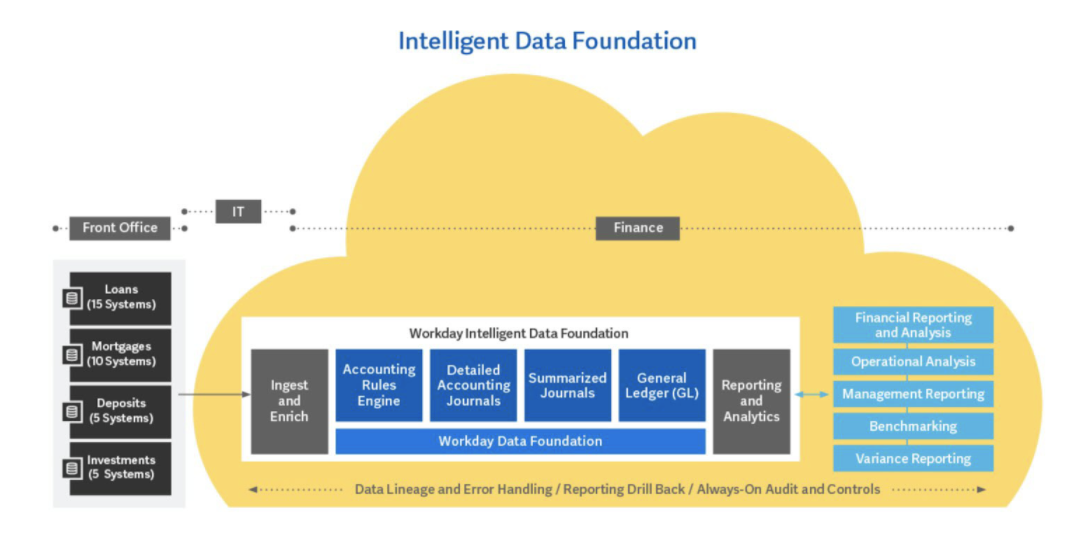
For some time, I’ve been looking for one “source” that curates modern takes on HR Tech, perspectives from the people who build it, and its impact on enterprise — something that’s tailor-made by professionals for decision-makers.
I never found it — so I decided to build it.
Every week, I’ll be sharing fresh insights on tech platforms, design, data, and the future of work — straight to your inbox.
My Thoughts
Bumble CEO Whitney Wolfe Herd spoke out against the unequal standards for male and female founders. She points out that many female founders have been ousted from their businesses in recent years. 😠⚖️ “I have been under such a microscope,” she said. “So much scrutiny. The snooping around of looking for something at all times, I mean, this will paralyze a woman emotionally, and it’s really wrong.” We shouldn’t need to say this, but treating female founders fairly has benefits not only for the entrepreneur community at large but also for investors looking to back the next Facebook or Apple. 👩💻🍏🤔 VC funding for female founders consistently fall behind those for male founders — but according to a BCG study, they perform better and deliver higher revenue. 💪📈 It seems too obvious to even point out: female-owned start-ups have enormous potential.
Tech Innovation at Work
Here’s a great interview with Lorraine Culligan, group director of people and culture, and Ian Lynch, head of people systems at Primark — a fashion retailer headquartered in Dublin. 🛍️👠📱 Lynch and Culligan discuss responding to the pandemic, diversity and the future of talent, and agile in the distributed workforce. In all areas, they stress that the right approach to technology is key. 👨💻💅 Culligan says: “Technology is a huge enabler, because if you’re in a store with 1,000 colleagues, empowering one leader to have a conversation with that volume of people can be difficult. So, how we use technology to communicate with people is a big piece in that consideration.” Lynch observes: “At a point, circumstances were changing daily in different countries, even within specific regions of individual countries. That meant we had to react very, very quickly. Resilience and the agility of our technology have never been more important than they were this year.”
As more people get vaccinated, experiential marketing — in-person promotional experiences like events, showcases, and pop-ups — are making a comeback. 💃🎤📱 “Digital is great, but everybody’s got content-Zoom fatigue,” said Jack Bedwani, who runs an experiential and influencer marketing agency called New Moon. “Experiential is … a big part of how [brands] stay relevant, current, popular.” That said, safety will still be a concern, and brands are approaching events cautiously. Even as in-person attendance picks up, social distancing will likely continue to be encouraged, and hybrid events will stay a feature of the marketing landscape.
In the past 12 months, more than 400 restaurants have joined Goldbelly, an 8-year-old e-commerce platform, in order to ship frozen versions of their meals. On the back of that boon, Goldbelly plans to announce this week that it has raised $100 million in new funding. 🔥🍕💸 Co-founder and CEO Joe Ariel said that the fresh capital — raised at an undisclosed valuation — would help Goldbelly expand further. This includes hiring more staff and augmenting new offerings like live-streamed cooking classes with celebrity chefs, including Marcus Samuelsson and Daniel Boulud. 👨🍳🔥🍳 The company is looking to have more than 1,000 restaurants on its platform by year-end. It remains to be seen whether the company’s success during the pandemic will last, or whether it is merely a temporary bounce.

Shopify has been busy turning its former employees into founders and investors. 🛍️👩💻 Jean-Michel Lemieux, the chief technology officer of Shopify, and the company’s chief talent officer, Brittany Forsyth, both announced that they are stepping down from their roles. Chief legal officer Joe Frasca is also set to leave. 😎🔥 In their next chapters, all seem keen to advise, invest in, or even launch startups, joining a growing number of former Shopify executives and employees to do the same. Shopify leadership who left the company to build their own business include Craig Miller, Arati Sharma, Andrew Peek, Michael Perry, and Helen Tran. For an enterprise of Shopify’s size — 7,000 employees with a $130 billion market cap — that’s not a surprise.
Amazon just signed its first employer client for its medical-care service — Precor, a fitness company recently acquired by Peloton. 👩⚕️🚲💊 Amazon’s mobile app offers virtual care with home visits when needed — although these home visits are not yet widely available. Amazon will be paid based on how many people are using the app. The program will have stiff competition however with companies like Teladoc also building their offerings. The virtual health industry is heavily venture-backed and an increasingly crowded market — that said, Amazon does have the resources to sustainably compete.
The Changing Workplace
Embracing remote work reduces costs, and companies are already beginning to see it in the numbers. Google parent Alphabet could save $1 billion annually if employees continue to work from home the rest of the year and not travel, book trips, and hotels online. 🛬🏡👨💻 Google was among the first big U.S. companies to allow employees to begin working from home last year due to the pandemic. Going forward, Google is looking at a hybrid work-from-home, work-from-office model and less density per employee at its offices.
If you’re interested in the Myers-Briggs Type Indicator, here’s an interesting breakdown of how to work with each type from Atlassian. The MBTI is widely applied within the business world, with 89 of the Fortune 100 companies utilizing it. 🤓📝
Staffers on the Washingtonian magazine launched a day-long protest in response to an op-ed written by their boss. 🙈🍋 Cathy Merrill, chief executive of the D.C.-centered magazine, shared her concerns about the popularity of remote work in a Washington Post op-ed published Thursday, originally titled: “As a CEO, I want my employees to understand the risks of not returning to work in the office.” Merrill concluded: “Although there might be some pains and anxiety going back into the office, the biggest benefit for workers may be simple job security. Remember something every manager knows: The hardest people to let go are the ones you know.” 😡👎 She also wrote: “If the employee is rarely around to participate in those extras, management has a strong incentive to change their status to ‘contractor. Instead of receiving a set salary, contractors are paid only for the work they do, either hourly or by appropriate output metrics.” Unsurprisingly, her staffers were shocked.

All About Data
Here’s some great insight from Workday. Subledgers (also called subledger journals) have been an essential repository for transactional data across operational systems, but they haven’t been fully leveraged for richer analytics at most financial services companies. 📊👏 With cloud technology and the right software, financial services companies can produce financial and operational reporting with subledger details intact. This means companies can drill into profit drivers, resolve variances with drill back to the source data, determine risk, and support agility in financial forecasting. There are a lot of benefits to reporting from the subledger:
- Insurance companies can more easily analyze channel, product, and geographical profitability, and risk in a post-pandemic business landscape.
- Banks can more nimbly conduct a risk analysis on customers.
- Mortgage lenders can adapt to the changing requirements of regulatory and disclosure reporting.
- Finance institutions can more easily comply with sweeping changes in regulations and accounting standards.
Legacy technologies, however, continue to present a significant barrier. Phasing them out will be key to developing agile analytics capabilities. 🤔⌛

This is a fascinating development. Columbia engineers have found that AI systems might reach higher performance if programmed with sound files of human language rather than with binary data labels. 🤖👀 The researchers discovered that in a side-by-side comparison, a neural network whose “training labels” consisted of sound files reached higher levels of performance in identifying objects in images, compared to another network that had been programmed in a more traditional manner, using simple binary inputs. They created two new neural networks with the goal of training both of them to recognize 10 different types of objects in a collection of 50,000 photographs known as “training images.” 🐕🌲🏠 Sound-file neural networks performed better — especially as the difficulty level of the images escalated. “Our findings run directly counter to how many experts have been trained to think about computers and numbers; it’s a common assumption that binary inputs are a more efficient way to convey information to a machine than audio streams of similar information ‘richness,’” explained Boyuan Chen, the lead researcher on the study.
Click here to subscribe to Exit Interview, a weekly email about tech platforms, design, data, and the future of work — straight to your inbox.

